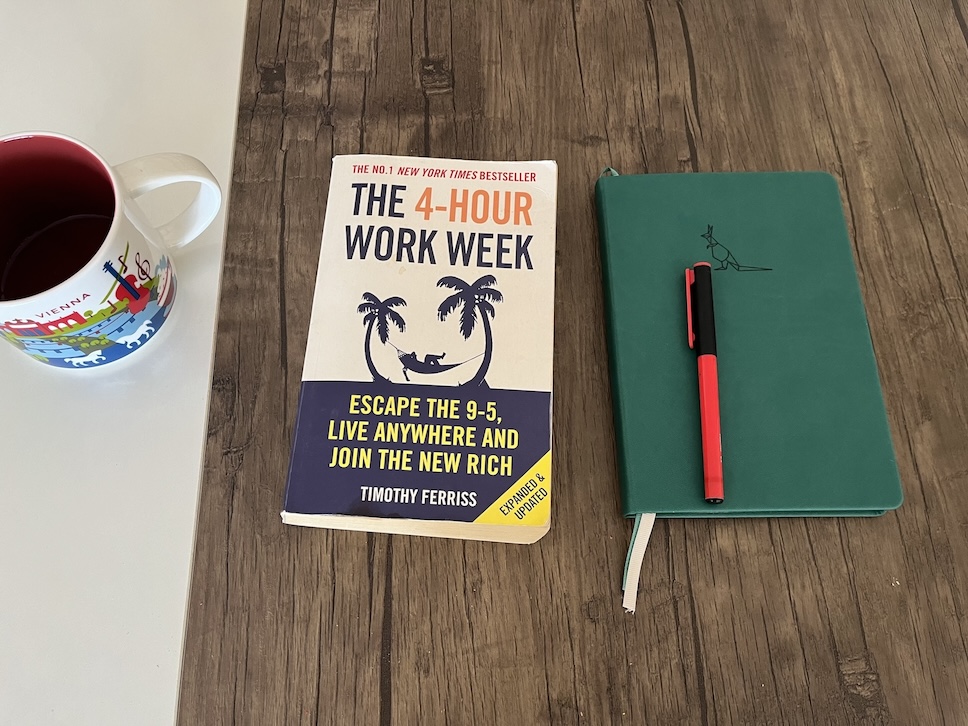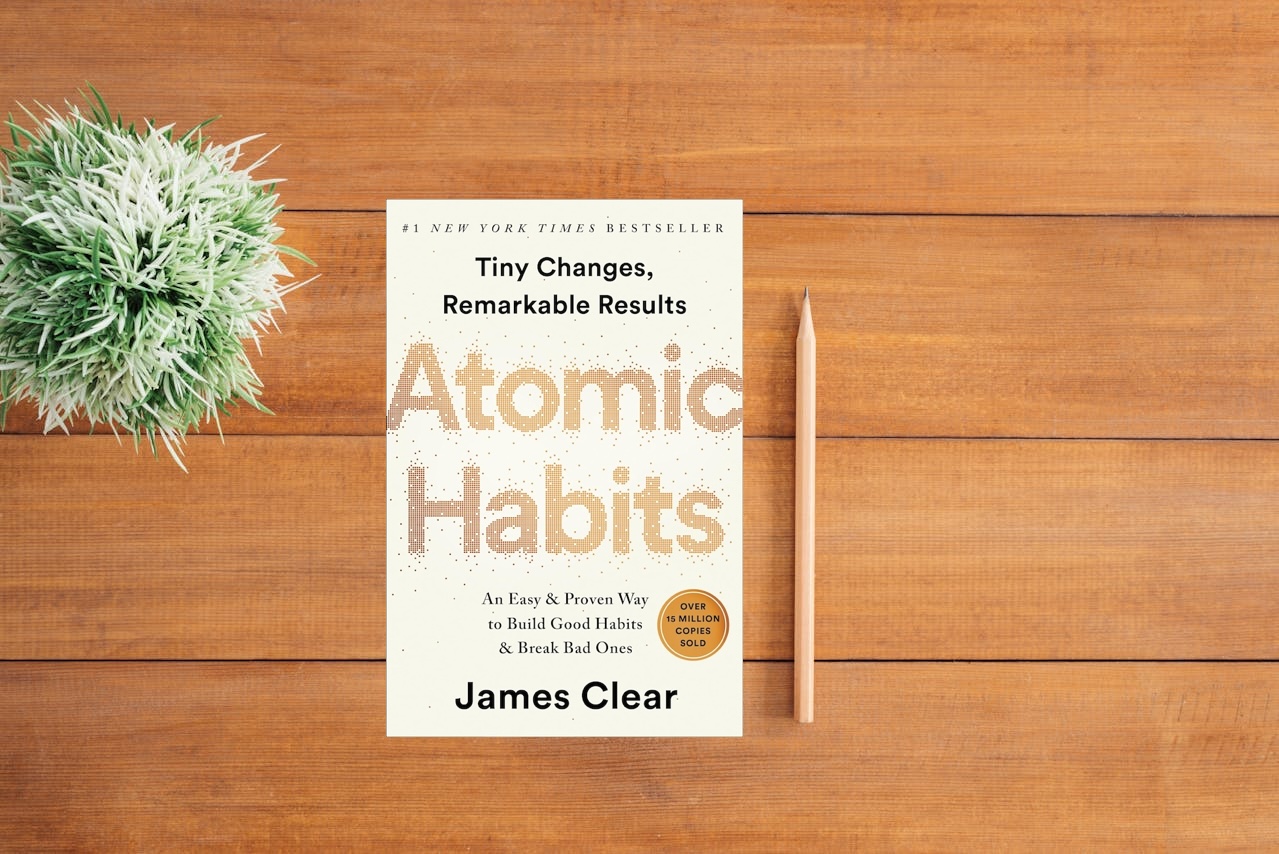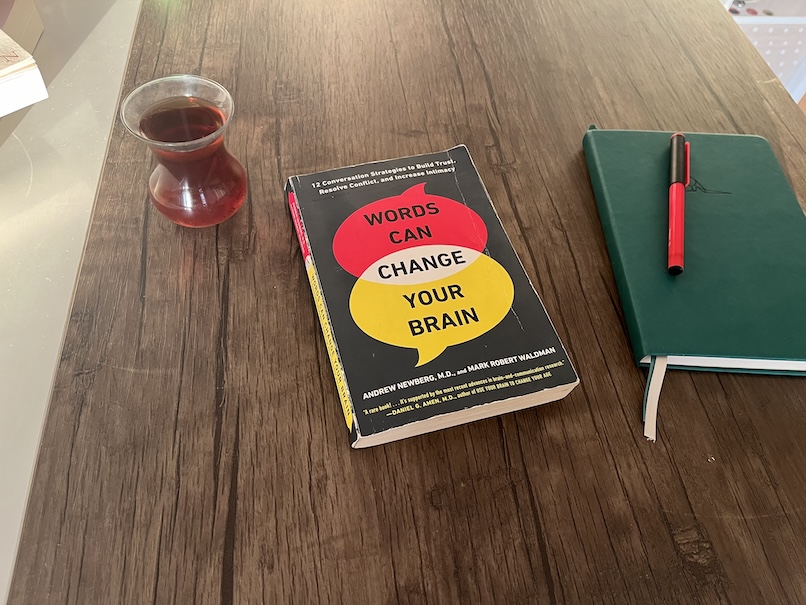Book Summary: The 4-Hour Workweek
It is time to reconsider and replace old lifestyle concepts with modern approaches for improved health, wealth, and happiness.

“Life is really simple, but we insist on making it complicated.”
— Confucius
The 4-Hour Workweek by Timothy Ferriss is a groundbreaking book that challenges conventional ideas about work, productivity, and lifestyle. Subtitled Escape 9-5, Live Anywhere, and Join the New Rich, the book provides readers with strategies to design a lifestyle that maximizes freedom and minimizes the time spent on traditional work. Ferriss introduces concepts like lifestyle design, automation, and outsourcing to help readers break free from the typical 9-to-5 grind and create a life of adventure, meaning, and purpose.
Overview of Key Concepts
1. The New Rich (NR)
Ferriss introduces the concept of the “New Rich” (NR), a group of people who prioritize time and mobility over money. Unlike the traditional approach to wealth, which focuses on accumulating money for future use, the NR focuses on using money to buy time and freedom in the present. Ferriss argues that by optimizing work and minimizing unnecessary tasks, anyone can join the New Rich and enjoy a life filled with experiences and adventure.
2. DEAL: The Framework for Lifestyle Design
The core of Ferriss’s methodology is encapsulated in the DEAL framework, which stands for Definition, Elimination, Automation, and Liberation. This framework provides a step-by-step guide to redesigning your life.
Definition: The first step is to define what you want out of life. Ferriss encourages readers to question traditional assumptions about work and success, and to identify their true goals and desires. This involves setting specific, measurable, and time-bound goals that align with your ideal lifestyle. Ferriss emphasizes the importance of defining what you want your life to look like, rather than just working for money.
Elimination: Ferriss introduces the concept of the “Pareto Principle,” or the 80/20 rule, which suggests that 80% of results come from 20% of efforts. He advises eliminating the tasks and activities that don’t contribute to your key goals. By focusing only on the most important tasks and cutting out the rest, you can dramatically increase your productivity and free up time. Ferriss also advocates for the concept of “selective ignorance,” where you deliberately ignore or eliminate non-essential information and activities.
Automation: In this phase, Ferriss explains how to create systems that allow your business or work to run on autopilot. He discusses outsourcing tasks to virtual assistants and using automation tools to manage repetitive tasks. The goal is to reduce your involvement in daily operations, allowing you to focus on higher-level activities or enjoy more leisure time. Ferriss also covers the concept of creating a “muse,” which is an automated business that generates passive income with minimal effort.
Liberation: The final step is liberation, which is about gaining freedom from traditional work constraints. This includes strategies for negotiating remote work or becoming a digital nomad, allowing you to work from anywhere in the world. Ferriss also discusses mini-retirements—short breaks from work to travel, learn new skills, or pursue passions—as a way to enjoy life now rather than waiting for a traditional retirement.
3. The 80/20 Principle
The Pareto Principle, or 80/20 rule, is a recurring theme throughout the book. Ferriss explains that by identifying and focusing on the 20% of tasks that yield 80% of the results, you can maximize efficiency and minimize wasted effort. This principle is applied to time management, business strategy, and personal productivity, helping readers streamline their work and focus on what truly matters.
4. Outsourcing and Virtual Assistants
A significant portion of the book is dedicated to the idea of outsourcing tasks to virtual assistants (VAs). Ferriss explains how to delegate tasks that are time-consuming or outside your expertise to VAs, often in countries with lower labor costs. This not only frees up your time but also allows you to scale your efforts without adding to your workload. Ferriss provides practical advice on how to find, hire, and manage virtual assistants effectively.
5. Creating a Muse Business
A “muse” in Ferriss’s terminology is a business that generates passive income with minimal ongoing effort. The idea is to create a product or service that can be sold online with automated systems handling orders, customer service, and fulfillment. Ferriss offers strategies for identifying profitable niches, testing business ideas with minimal investment, and scaling the business without increasing your personal involvement. The goal is to create a steady income stream that allows you to live your desired lifestyle.
6. Mini-Retirements
Ferriss challenges the traditional notion of retirement, arguing that it’s better to take “mini-retirements” throughout your life rather than waiting until the end. A mini-retirement is a planned, extended break from work where you focus on travel, learning, or personal growth. This concept encourages readers to enjoy life in the present rather than deferring happiness until after retirement. Ferriss provides examples and guidelines for planning and executing mini-retirements.
7. Lifestyle Design Case Studies
Throughout the book, Ferriss includes numerous case studies and examples of people who have successfully applied his principles. These stories illustrate how individuals from various backgrounds have redesigned their lives, often with dramatic results. The case studies serve as inspiration and provide practical insights into how the concepts in the book can be applied in real life.
Practical Applications and Tools
Ferriss doesn’t just offer theories; he provides a wealth of practical tools and tips that readers can implement immediately. Some of these include:
Time Management Techniques: Ferriss provides detailed advice on how to manage your time effectively, including methods like batching tasks, setting clear priorities, and using tools like the Pomodoro Technique.
Email Management: Ferriss suggests strategies for minimizing time spent on email, such as checking email only at specific times of the day and using autoresponders to manage expectations.
Negotiating Remote Work: For those in traditional jobs, Ferriss offers tips on how to negotiate remote work arrangements, enabling more flexibility and the possibility of working from anywhere.
Financial Strategies: The book includes financial advice on managing money, investing, and saving to support your lifestyle goals. Ferriss also touches on the importance of reducing expenses to gain more financial freedom.
Criticisms and Controversies
While The 4-Hour Workweek has been widely popular and influential, it has also faced some criticism. Critics argue that the book oversimplifies the process of building a successful business and that Ferriss’s lifestyle is not achievable for everyone. Some have also pointed out that the focus on outsourcing can have ethical implications, particularly regarding labor practices in low-wage countries. However, Ferriss addresses some of these concerns in the book, encouraging readers to be thoughtful and responsible in their approach to outsourcing and automation.
Conclusion
The 4-Hour Workweek is a revolutionary book that offers a blueprint for escaping the traditional work model and creating a life of freedom and fulfillment. Through a combination of practical strategies, mindset shifts, and real-life examples, Timothy Ferriss challenges readers to rethink their approach to work and life. Whether you’re looking to start a business, reduce your workload, or simply live more intentionally, the concepts in this book provide a roadmap for achieving your goals.
By adopting the principles of lifestyle design, eliminating unnecessary tasks, automating your work, and embracing a mobile, flexible lifestyle, you can join the ranks of the New Rich and live a life defined by choice and freedom. The 4-Hour Workweek is not just a book about working less—it’s a manifesto for a new way of living.
This summary encapsulates the key concepts and practical advice from The 4-Hour Workweek, giving you a comprehensive overview of the book’s teachings. Whether you’re new to the ideas of lifestyle design or looking to deepen your understanding, this book provides valuable insights that can transform the way you approach work and life.
Click here to read reviews and purchase the book.




